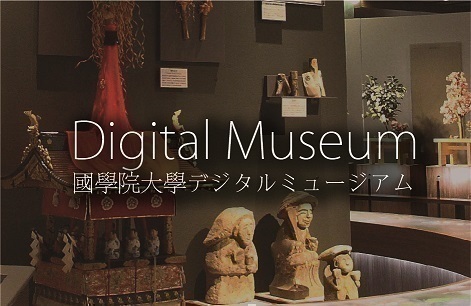- トップ
- Encyclopedia of Shinto
- Shūyōdan Hōseikai
Encyclopedia of Shinto
| Main Menu: | |
| Links: |
詳細表示 (Complete Article)
| カテゴリー1: | 8. Schools, Groups, and Personalities |
|---|---|
| カテゴリー2: | Modern Sectarian Groups |
| Title | Shūyōdan Hōseikai |
| Text | A Shinto-derived new religion founded by Idei Seitarō (1899-1983). Idei was born the third son of a poor farmer in Ibaraki Prefecture. After going to Tokyo in 1915, he became acquainted with Uesaka Inosuke, a Tenrikyō preacher and co-worker at the post office where he was employed, and developed a deep faith after becoming ill. As Uesaka became involved with the Tenri Kenkyūkai (later known as Tenri Honmichi), however, Idei also became an ardent activist for that group from the mid-1920s onwards. In 1928 Idei participated in a campaign of militant proselytizing called uchidashi promoted by Tenri Kenkyūkai, but was arrested as a result and shortly afterwards sought to distance himself somewhat from Tenri Honmichi. From around 1934 on, Idei began to espouse his own unique style of faith, but in 1935 he was once again arrested on suspicion of lese majesté and from March 1937 spent roughly one year in prison. Following his release, his followers increased during the period 1938-41, and he established his own unique religious system. In June 1941 the Shūyōdan Hōseikai was inaugurated as an incorporated foundation. Prior to this, he had experienced a revelation known in Hōseikai as the "words of the vow (inori no kotoba)." Around this time, too, the jōkai ("purifying society") was adopted as the most fundamental unit in the movement's religious activities. Following the end of World War II, the movement became registered under the Religious Corporations Ordinance (Shūkyō Hōjinrei) in 1947, and in 1953 it attained the status of a religious legal person under the Religious Corporations Law (Shūkyō Hōjinhō). It worked to refine its organizational structure, establishing a main administrative office, founding a youth section and women's group (ominakai), initiating the publication of a newsletter called Hōsei. It also developed its doctrinal foundations through the establishment of its "peace prayer" (heiwa no inori) and its general principles in 1952, along with the announcement, in 1956, of ten divine rules, known as the Shinpō (divine law). In 1960 it constructed headquarters known as the Honbu Heiwakyō (lit., "village of peace headquarters"), and from this period on it sought to reorient its direction away from an emphasis on miraculous this-worldly benefits toward the need to learn from the founder's way of life. From around 1972, the founder made a round-the-world trip as the group focused its aims on the establishment of eternal world peace. The movement also developed a campaign of erecting stone stelae known as "shinseki" (divine stones) and "waseki" (peace stones) widely throughout Japan and overseas. In August 1983 the founder died, and his wife Idei Kiku (1903-) succeeded him as the second leader of the movement. The group believes it important to both accumulate virtue and practice moral training in one's daily life, in accordance with the "natural law of heaven and earth." Headquarters: Tokyo Nominal membership: approximately 13,000 (M) —Fukushima Shinkichi |




